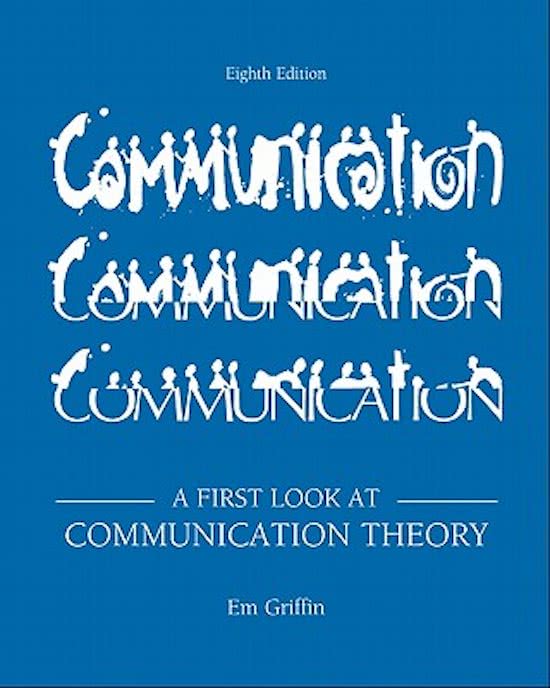Summary
Complete summary of Intro to Communication Science
- Course
- Institution
- Book
Complete summary of Intro to Communication Science with class notes and all theories covered for the exam. References from the book "A First Look at Communication Theory" by Griffin (2006).
[Show more]




